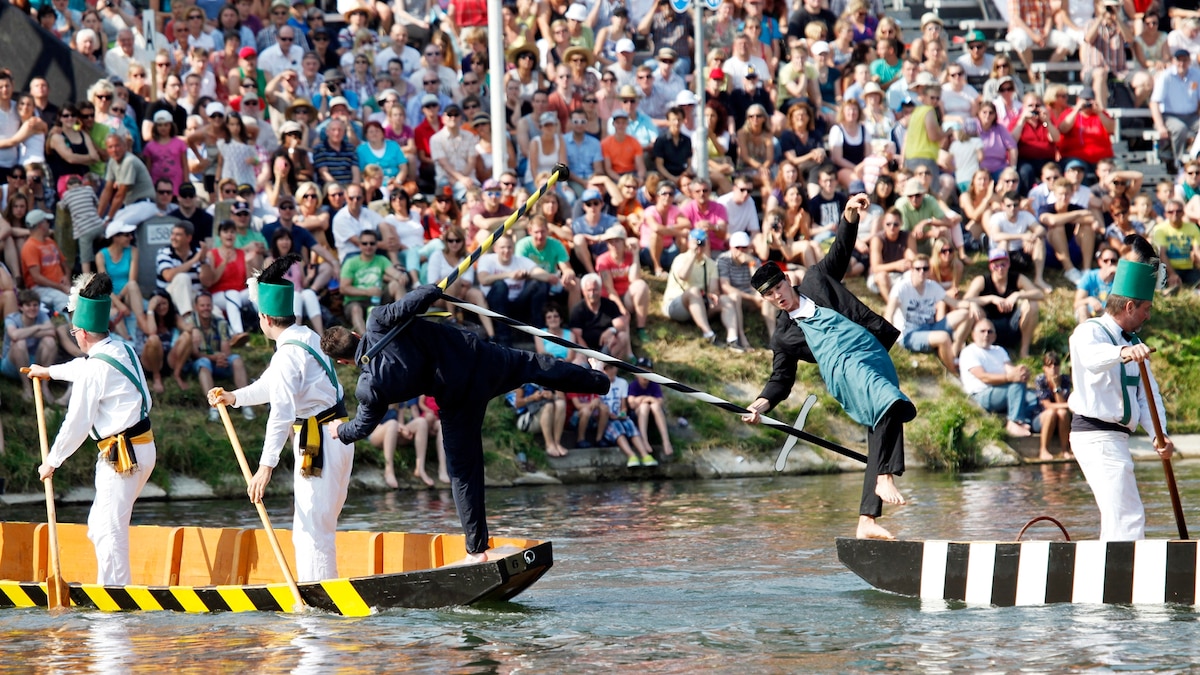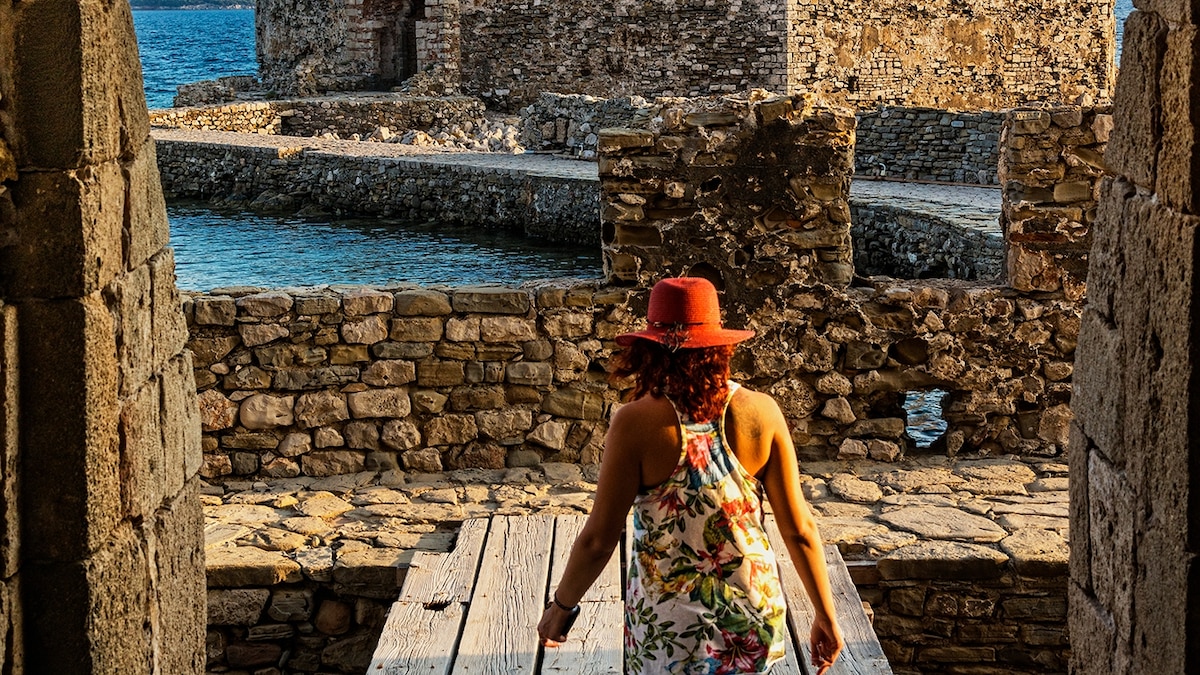Now Reading: Medieval Jousting on the Danube: A Must-See German Tournament
-
01
Medieval Jousting on the Danube: A Must-See German Tournament
Medieval Jousting on the Danube: A Must-See German Tournament

Quick Summary:
- The article discusses the Fischerstechen (‘fisherfolk’s jousting’), a customary tournament held in the city of Ulm, Germany.
- Unlike traditional jousting on horseback, participants use flat-bottomed boats on the danube. Each pair aims to knock their opponent into the river using lances.
- The event dates back to the mid-16th century and is organized by Ulm’s fisherfolk guild, with participation restricted to descendants of original fishing families.
- Combatants face off in two decorated boats steered by bargemen, meeting in the middle of the river for short but intense bouts where ducking or dodging is prohibited.
- Each tournament day includes colorful parades through Ulm, featuring music and figures from local folklore and history dressed in elaborate costumes.Notable characters include “White Fisher,” a symbolic spirit guarding fisherfolk traditions.
- There are no prizes other than personal pride and community party; participants view it as an honor tied deeply to Ulm’s heritage.
Images included:
- Ulm City skyline – showcasing medieval architecture like its gothic cathedral alongside modern structures like a glass pyramid library.
- Farmer’s Dance Parade Scene – A playful moment during festivities involving jesters disrupting dance performances.
- Zur Forelle Restaurant at Dusk – A historic tavern run by one of guild’s founding families for over 625 years.
Read more: National Geographic Traveller Article
Indian Opinion Analysis:
The Fischerstechen tradition highlights a deep-rooted cultural connection between communities and their geographical landscapes-in this case, Ulm’s ties with the Danube River exemplify efforts toward cultural heritage preservation despite modernization pressures globally.
For India, such events serve as inspiration for fostering pride in local traditions unique to each region-a comparable exmaple being Kerala’s Vallam Kali (boat races) or Rajasthan’s Pushkar camel Fair that blend sporting competitions with broader heritage celebrations rooted in ancient narratives. This reaffirms how preserving regional identities bolsters tourism while maintaining generational continuity amidst rapid global urbanization.
India may observe parallels between reinvigorating public interest while retaining exclusivity-like Ulm restricting participation via lineage-to emphasize authenticity without diluting significance over time.
Neutral yet thoughtful observation suggests that collective festivities anchored around historic sites can act as bridges across generations locally while also attracting global visitors seeking immersive experiences akin to Fischerstechen.



























